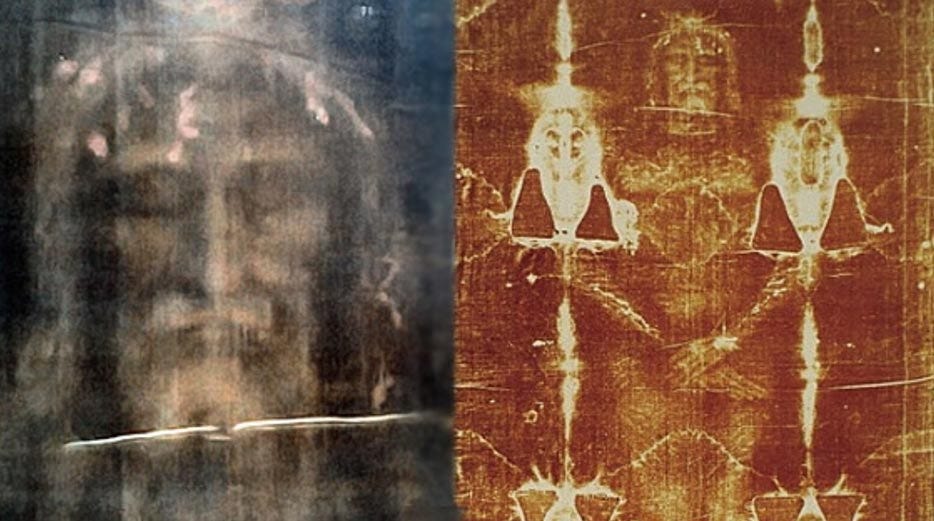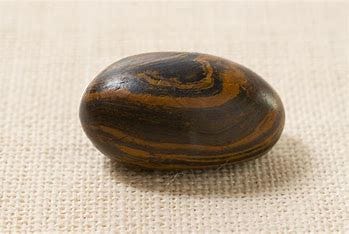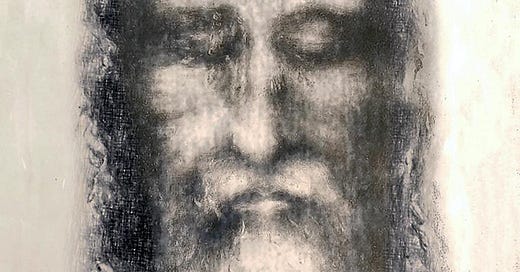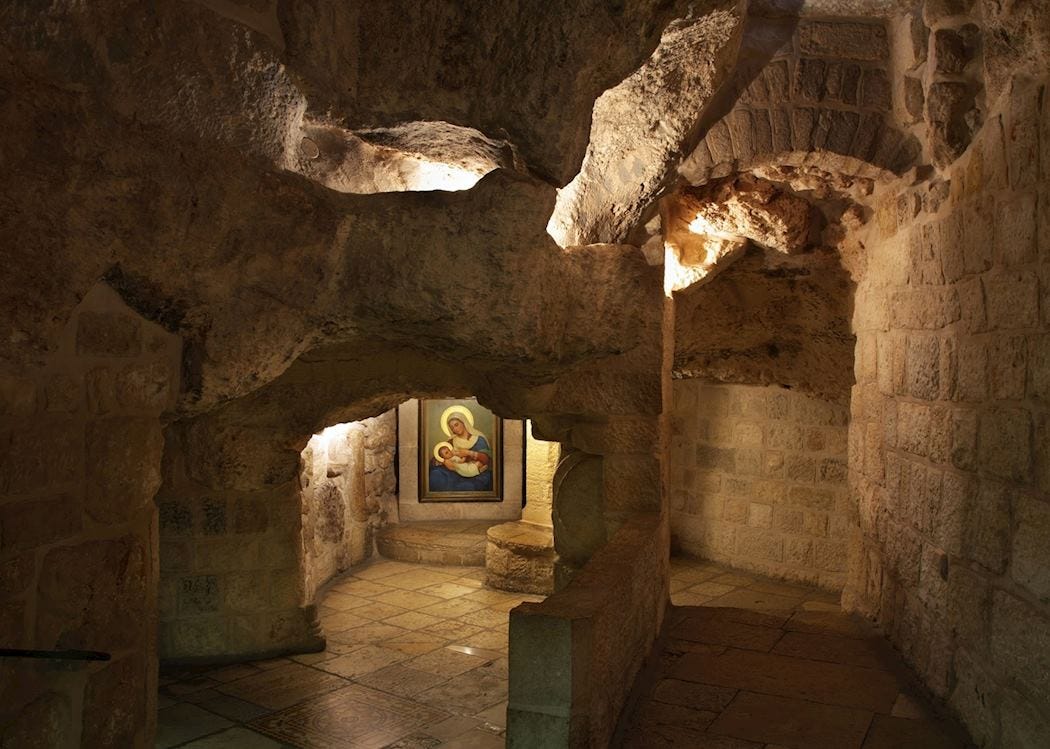
Love him or hate him, you have to admit that Joseph Smith, the founder of Mormonism, lived a life.
I mean, Lived. A. LIFE.
Full! Bursting at the seams.
The man started a religion. He committed bank fraud. He married forty-nine women and had an insane, unspecified number of children. He was involved in a conspiracy to commit murder. He purchased a mummy. He sacrificed a dog. He cosplayed as an angel and became the first U.S. presidential candidate to be assassinated, dying in a gun fight with an angry mob. The man wrote philosophy. Theology. He kinda-sorta even became the inventor of modern sci-fi, starting the idea that God was a space alien and that “Moon Quakers” inhabited the moon.
You know. Like the Quaker Oats guy but… moon.
Like I say.
Lived a life.
You can disagree with the life he lived but the man inarguably squeezed more juice out of his existence than just about anybody. Truly a dynamic figure. A man in the arena. Certainly, by that standard anyway, most modern people for whom “living” is simply scrolling on their phones, have no room to judge.
Smith: Liver of life.
All that glorious CV aside, the part of Smith’s life and career that I’d like to focus on is one that is very often curiously overlooked. Not sure why. Maybe it’s because it sounds so strange and, also, maybe because the fact that it happened at all makes all of America, not just Joseph, seem a bit crazy. Before casting judgement though, you have to put things into context. Put yourself in their shoes. Remember that, in 1822, The United States of America was less than 50 years old. Living people were older than the country and the very existence of North America itself was something Europeans had only known about for a touch over three centuries. The land was mysterious. Unknown and untamed. Much of it was still in control of various Indian groups and the parts which weren’t still bore both subtle and not so subtle indications of Native presence in the recent past. Americans were pushing out into the frontier of a land whose previous inhabitants had kept no written record and whose oral traditions were full of fantastic heroes and frightening monsters. Scientists, serious men, actually considered it possible that Dinosaurs and other prehistoric beasts might well exist “Out West” and up and down the Mississippi enormous Mounds dotted the landscape, strange and enchanting burial grounds. Tilling their fields, Americans were constantly turning up arrowheads and bits of pottery, and rumors spread far and wide telling of ancient artifacts and the buried gold of forgotten empires. Such a cultural milieu was ripe for conspiracy theories. Ripe for grifters. Ripe…
For Treasure Hunters.
Yes.
Long before the Gold Rush, early 1800s America saw an explosion of men and women (mostly men) hellbent on tearing up the landscape, desecrating graves, and following whatever wild hearsay was adrift on the wind toward real or imagined treasures of Indians past. Most of them were honest. You know… as honest as such can be. Whatever your opinions about their activities, the great mass of treasure hunters from this period do seem to have been genuine adventurers. Scruffy, less educated Indiana Jones type characters with less ethics and driven solely by personal gain.
A few though, were scammers.
J. Smith seems to have been both.
Again. What a life.
You see, in 1822, Smith, seventeen years young and devilishly handsome with bright blue eyes, started his career off as a treasure hunter.
It didn’t go so well.
Or, I guess, maybe it exceeded all possible expectations.
Depends on your point of view.
Whatever his original intent might have been (and people heavily dispute that), Smith seems to have quickly realized that people looking to make a quick buck are also very often easy marks. A lot of people in those days were marketing themselves as “seers” you see. Prophets of a sort. Visionaries who could, by using dowsing rods or crystals or some other quasi-supernatural means, locate items, or peer into the past or future.
Smith observed that some of these people were actually getting hired.
Smith began to get ideas.
Enough seers were around making a living (or at least a side income) by looking into a crystal and “prophesying” that Joseph started to think that he could do it too. Again, the fact that this was happening sounds crazy but, as I say, you have to remember the context. No telephones. No internet. Sometimes not even any working mail service. Back then, moving to America or going west often meant never seeing your loved ones again and people were willing to believe that some shady man with a rock could psychically see little Johnny out on the frontier or grandma back in the old country and tell them they were okay. Such men were often also employed at finding lost objects or lost animals or lost people and Smith thought “Well, hey… I can be a seer too.”
Thus Mormonism was born.
Using a rock he called his “seer stone”, a young Joseph Smith actually found a way to combine the profession of “seeing” with his love of buried treasure, convincing people to pay him to use his stone to magically detect buried treasure on their land. Old farmers would fork over a couple of dollars, Smith would go into a trance and stare into his rock and then, after a time, shout “There!” and point out a patch of land where the man could find his fortune. Of course, by the time the farmer dug up the spot Smith would’ve long since skipped town and this was a scam he kept going for three full years until, in 1826, he was at last arrested for it.

This is all true, by the way. Not even The Church of Latter-Day Saints attempts to deny it anymore these days even if they do, of course, try to massage it into a better light.
Because… well…
It’s simply a problem, isn’t it, if the founder of your religion got his start as a conman? I mean, it casts doubt on the legitimacy of any claims about God he might have made, to say the least. And it’s especially problematic if that same “seer stone” he used to swindle the elderly was also later used to mystically “translate” some golden plates into The Book of Mormon. Plates Smith allegedly found buried in a mound because an angel told him were to dig…
I mean, you know….
Just reads like a scam.
Doesn’t it?
Guy convicted of conning people into thinking he uses a stone to find buried treasure by supernatural means later finds… buried treasure… by supernatural means… and uses that stone to “translate” your… um… scriptures…
Yeah.
Just…
…
Yeah.
Would you believe that?
Would you think yourself kind of stupid if that was something you fell for?
Well, that’s how a lot of non-Mormons view Mormons for believing Joseph Smith and all his claims about his various mystical artifacts like plates and stones and papyri. They see them as dupes. Chumps. Gullible people easily deceived. Other Christians (and I do count Mormons as Christians) look down their noses at Mormons with an air of superiority because, how stupid. How ridiculous do you have to be to put so much faith in a conman’s clearly fraudulent wares. Seer stone? Abrahamic papyrus!? Rubes! Brainwashed idiots.
…
… ….
But hey… Hey now. That um, that Shroud of Turin?
Totally REAL.
Totally.
Guys…
Guys, trust me.
The True Cross
In my opinion a lot, perhaps even the majority, of Catholic and Eastern Orthodox Christians are in no position to look down on the Mormons. At least on issues of credulity, they don’t have a lot of room to talk.
I’m hardly the first to notice this but the real dividing line, at least on an aesthetic basis, between Protestants and the “Apostolic” Churches is with regards to how willing each is to be superstitious. How willing each is to believe. You know, I mean, Catholics bury statues in the ground to find lost objects (which… not that dissimilar from what ol’ Joe was doing, if we’re being honest about it), think of their Rosaries as talismans, and fill their homes with all manner of “blessed” tricks and trinkets. The Orthodox, similarly, fill their rooms with smoke and incense and often tend to treat icons as though they’re living people, caressing and kissing them and leaving them little offerings of flowers.
Protestants don’t do this.
Least, not at any scale.
Bear in mind, I’m not saying that one approach or the other is bad, my own home has more than a few icons hanging on the wall, I’m just pointing out the cultural difference. Most Catholics would rather show respect and deference to a claimed Holy object, even a dubious one, just on the off chance that it might be real, whereas a Protestant would innately feel that he had been “had” if he fell for such a thing. There’s no doubt in my mind, not even an iota, that if we could prove, beyond any shadow of a doubt, that, say, someone really had the skull of John the Baptist or a piece of the actual cross Christ was crucified on, that Protestants would show it some measure of reverence. They probably wouldn’t bow before it, or kiss it… no, out of a fear that such might be worship. But I’m fairly positive that they’d at least keep it in a nice display case. As it happens though… there are actually four heads of John the Baptist, and, as a lovely down-to-earth nun once told me (perhaps unaware she was paraphrasing Calvin), there’s enough pieces of “The True Cross” to build a bridge out of.
The simple fact is, a lot of relics are fake.
Maybe most of them.
Over the centuries the Catholic/Orthodox penchant for relics and holy items has created an environment wherein people are maybe a bit too quick to believe and where many a grifting Tom, Dick, and Harry have attempted to make a quick buck off that gullibility. Is it really plausible, for example, that for some reason Mary Magdalene, a Jewish woman from Palestine, lived out her last days in France and left her skull there? Is it reasonable to believe that, in the Middle Ages, some churches somehow got hold of Jesus’s foreskin? Do you find it a stretch of the imagination to think that this church was built around a piece of floor that a drop of Mary’s breast milk fell on and miraculously changed the color from brown to white?
Is all that likely?
I don’t think so.
What I think… is that most it is nonsense. Hogwash. At best rumors spread by overly zealous believers in good faith and at worst lies made up to entice pilgrims to come spend money. Don’t get me wrong, the Church has a lot of relics and I’m sure some of them probably are the real deal.
The authenticity of almost none can be proven though… and a great many are simply farcical.
“There is no abbey so poor as not to have a specimen. In some places there are large fragments, as at the Holy Chapel in Paris, at Poitiers, and at Rome, where a good-sized crucifix is said to have been made of it. In brief, if all the pieces that could be found were collected together, they would make a big ship-load. Yet the Gospel testifies that a single man was able to carry it.”
— John Calvin, Traité Des Reliques
Is there something wrong with this?
Probably not. You know, per se.
Keeping things from deceased loved ones is very human and normal and, in its best form, that’s all that relics really are, items a saint possessed or wore or touched during their lifetime that the community desires to cherish and keep. I personally find the displaying of body parts a bit unseemly but, hey, different strokes, different folks. The problem though, and here I do think the Protestant critique of relics is correct, is that people make such things into idols, *not* in the sense that they worship them (although, let’s be real, many do), but more in the sense that…
Keep reading with a 7-day free trial
Subscribe to Holy is He Who Wrestles to keep reading this post and get 7 days of free access to the full post archives.






